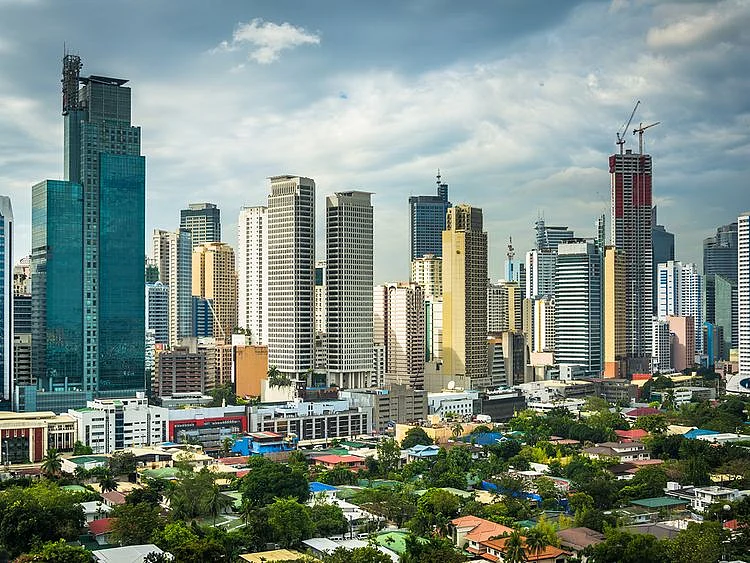Philippines gets highest credit rating, an 'A-': What it means
Upgrade boosts investor confidence, could help cut borrowing costs

Manila: The Philippines has achieved its highest sovereign credit rating to date – an "A-" rating, upgraded from last year’s BBB+.
The Japan-based Rating and Information Inc. (R&I) awarded this new rating in August 2024, reflecting growing investor confidence in the country's economic resilience.
A sovereign credit rating is a measurement of a state’s ability to repay its debts.
Just like personal credit scores, a high credit rating indicates a borrower with low credit risk, and a low rating indicates a government that might struggle to repay its debts.
“This upgrade is proof of the strong confidence investors have in the vibrancy of our economy,” Philippine President Ferdinand Marcos Jr. announced on Saturday in a statement on his social media accounts.
What are credit ratings?
• Countries are assigned sovereign credit ratings, which assess their overall creditworthiness. • An "A-" rating from R&I signifies that the country or entity being rated has a strong ability to meet its financial commitments. • This rating indicates a relatively low risk of default, suggesting that the country or entity is financially stable and reliable. • However, it also suggests that while the creditworthiness is solid, there are some factors or potential vulnerabilities that could impact the ability to meet obligations under certain economic conditions. A- rating reflects a high level of confidence in the entity's financial health, though it is not at the very top of the rating scale, at "AAA".
In Q2 2024, the Philippine economy grew by 6.3 per cent, faster than the revised 5.8 per cent in Q1 2024 and 4.3 per cent in the April-to-June period last year.
In June 2024, credit rating agency Fitch kept a “BBB” rating for the Philippines, with a “stable” outlook.
What credit rating upgrade means
The R&I upgrade could credit rating upgrade would also have a broader impact on the economy:
“The continuous improvement in our credit rating will attract more investments and create more businesses in our country, leading to quality jobs and higher incomes for every Filipino,” he added.
Inclusive
Marcos Jr said the country is just getting started on the path to inclusive growth.
“Although this is the first credit rating upgrade under my administration, we won’t stop here. We will continue striving to ensure that every Filipino benefits from economic growth until we break the cycle of poverty.”
According to the Presidential Communications Office (PCO), the upgrade is a result of sustained economic growth, prudent fiscal management, a stable banking sector, and resilient private consumption.
The country's gross internetional reserves level is equivalent to 7.7 months’ worth of imports of goods and payments of services, according to the Philippine central bank BSP. This is also 6.1x the country’s short-term external debt based on original maturity and 3.7x based on residual maturity.
Jump in investments
The Philippine Statitics Authority (PSA) reported on Thursday that foreign investment commitments jumped 220.7 per cent to 190 billion pesos in the April-June 2024, compared to the same period in 2023.
Moreover, the country's ability to control inflation within the 2-4 percent target range, manage the knock-on effects of natural disasters and external risks, and strategically position itself in the global economy and supply chain were also key factors.
Semiconductor manufacturing
“Our inclusion in the US semiconductor supply chain is a game-changer, opening up new investment opportunities and reinforcing our strategic position on the global stage," the PCO stated.
Semiconductor companies contribute to the global supply chain for various electronic components and devices. Following are five leading semiconductor manufacturing companies in the Philippines:
1. Texas Instruments (TI) Philippines
2. ON Semiconductor Philippines
3. Amkor Technology Philippines
4. Integrated Micro-Electronics Inc. (IMI)
5. Analog Devices Inc. (ADI) Philippines
These entities contribute to the global supply chain for various electronic components and devices.
Sign up for the Daily Briefing
Get the latest news and updates straight to your inbox
Network Links
GN StoreDownload our app
© Al Nisr Publishing LLC 2025. All rights reserved.